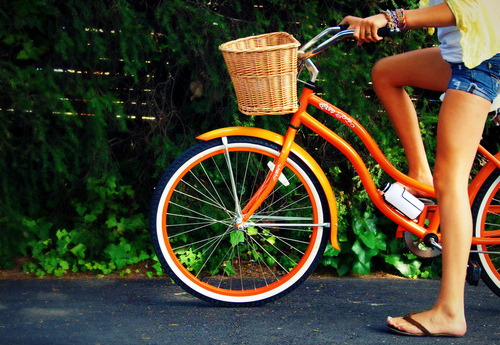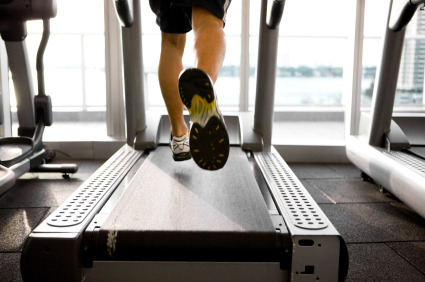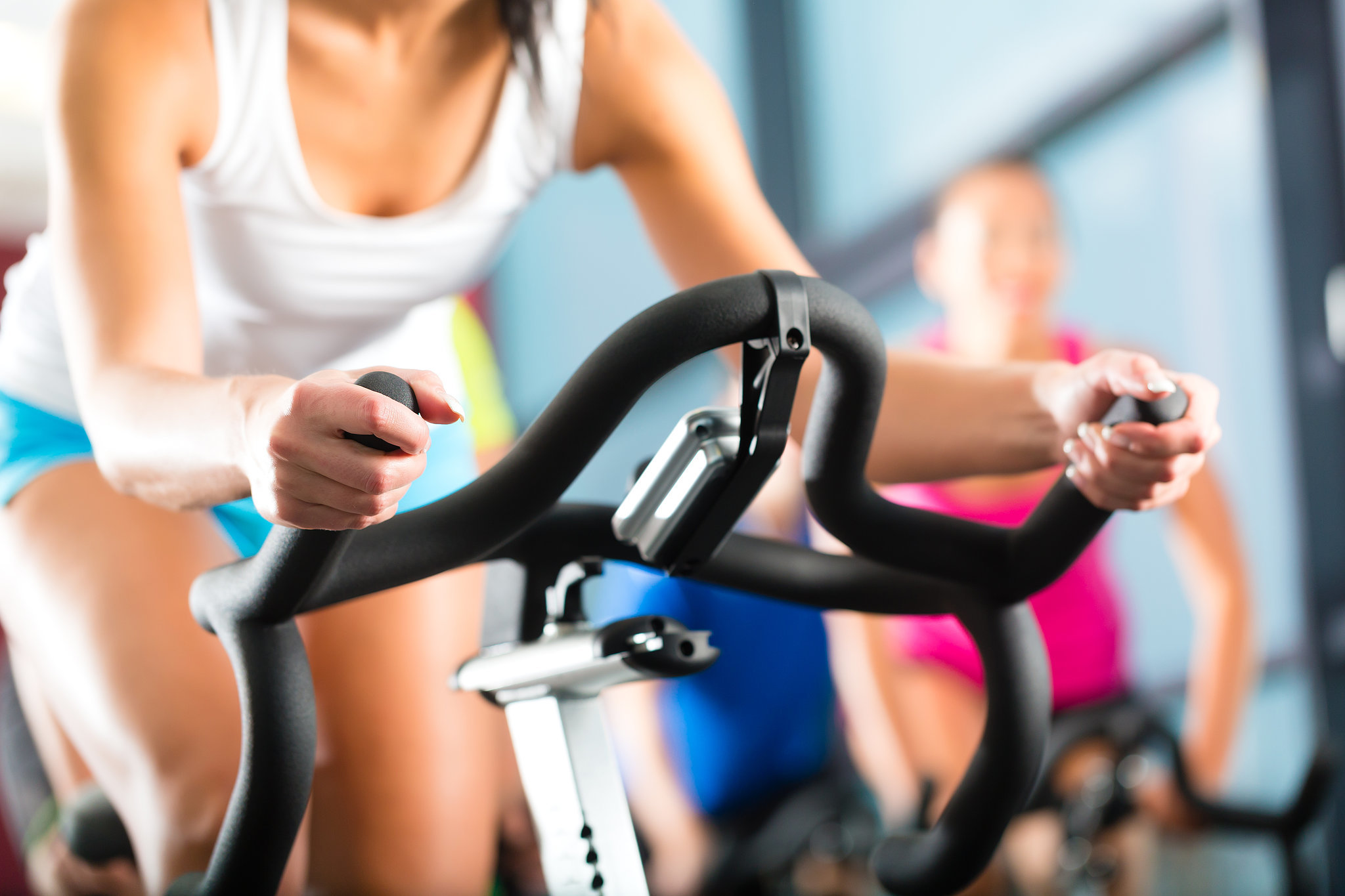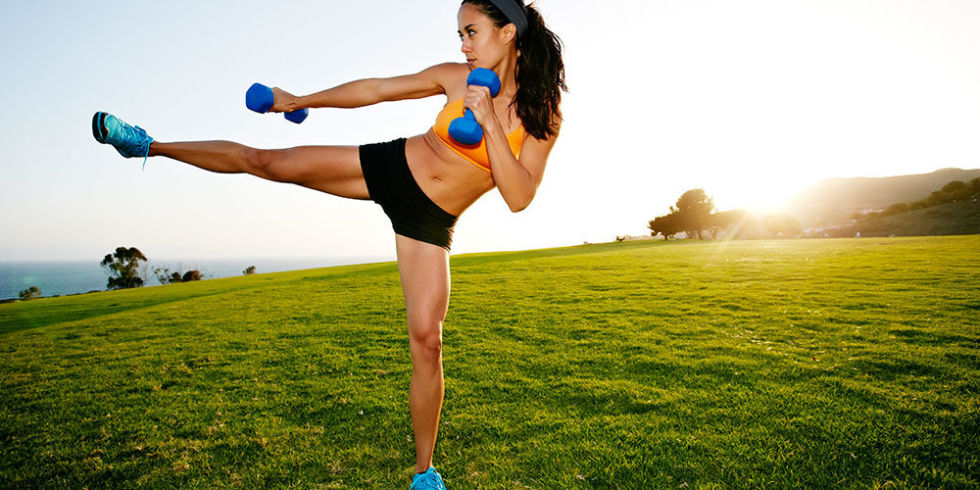The post-Christmas blues may long be over, but the desire to shed those extra pounds still lingers on for many.

With temperatures continuing to hover around an uncomfortable 2 or 3°C on many days, the desire to pull on your running shoes and take to the streets may not be so strong. If you want a way to exercise and get fit but in a warmer and more comfortable environment, why not consider a fitness machine? With just a few minutes set aside to build the machine and place it in your desired location, you’ll soon be looking at a highly convenient way to have a workout session at any time which suits you, without even having to leave the house.
Which type of machine is right for you?
When choosing your new fitness machine, it is important to think about your goals and the reasons behind your desire to start exercising, as this will influence which machine is most suitable for you. Are you perhaps looking for a way to ‘feel fit’, training for an upcoming event or hoping to lose weight? If weight loss is your aim for example, a treadmill or cross-trainer can help you to burn more calories than an exercise bike for example. Therefore it is important to think about your goals and choose your machine accordingly.
Treadmills
A treadmill is an excellent way of burning calories, around 100 calories per mile in fact, and will also help you to build your speed and endurance. However, unlike the other options, you will be supporting your own body weight on a treadmill, so is no easy option for beginners. Remember to mix up your speed and your incline when using a treadmill. Speeds generally start at 1-2mph and standard inclination is up to 10%. This gives you the option to vary between sprints on flat ground to a slow, steady, uphill walk, and varying your speed and the incline makes for a better workout overall. Many treadmills now offer much more than basic controls too: we expect to be kept up-to-date with speed, distance travelled and calories burned, but if you are looking for a machine that simply does more, then consider the Domyos TC3 treadmill. The TC3 offers a broad speed range from 1-14 kph and also features a soft belt for excellent cushioning, reducing the impact on your joints. Better still, this treadmill comes with 8 in-built programmes to match your goals, with 4 calorie and 4 performance programmes, and so is an excellent option for a beginner looking to lose weight.

Cross-Trainers
The cross-trainer is a smart option for somebody looking for a near full-body workout. A cross-trainer works 80% of your body’s muscles, including thighs, calf muscles, buttocks, back, chest, biceps and triceps. In terms of burn calories, when used vigourously using the arm poles as well as the foot pedals, the cross-trainer can almost be on a par with the treadmill. It is also an ideal machine for building endurance, developing resistance, as well as for recovery. By adjusting the resistance to meet your needs, you are able to work at a high level without putting unnecessary pressure on your joints. Whereas treadmills can be harsh on the joints if overused, or not used with the suitable footwear, cross-trainers offer a smoother, more fluid motion. The upright position and holding on to the arm poles also helps to strengthen your back and avoids the strain that you may feel when running. For those interested in a top of the range cross-trainer, you may want to consider the Nordictrack E4.1. This machine features a 14kg flywheel (as a general rule, the heavier the flywheel, the smoother the motion, which is essential if used regularly), wide pedals to increase comfort, speakers and 17 in-built programmes, meaning you can simply hop on and select a programme to help you work towards your goal.
Exercise Bikes
Exercise bikes are a great option for building your overall fitness and endurance. Whilst they will help you to burn calories, they are not as effective for weight loss as either a treadmill or cross-trainer because it fundamentally works out your leg muscles. A very good option for those interested in an indoor fitness bike would be the Domyos VS730. The bike features a 14kg flywheel, offering you a smooth and comfortable ride. It also takes just fifteen minutes to assemble, meaning less time doing DIY and more time to spend doing the sport you love.
Other Fitness Machines
Whilst treadmills, cross-trainers and exercise bikes are the most popular options for people looking to get fit at home, there are a few other options available. These include rowing machines, which are ideal for anybody looking for an intensive workout, as well as stepper machines and hand bikes.

Summary
Treadmills, cross-trainers and exercise bikes offer an excellent way into the world of fitness. Each is designed for cardio training, to improve cardiovascular and cardio respiratory condition: to keep you looking good and feeling great. By thinking about which option is most suitable for your needs, you can enjoy great benefits from the comfort of your own home.
Which is your preffered exercise machine? Comment below and let us know.
Source

















